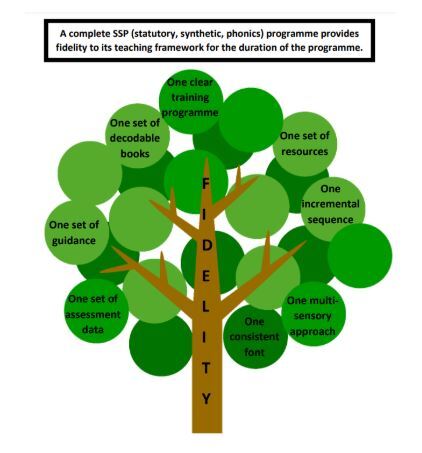- Home
- In the Classroom
- Subject Information
- Primary - Phonics
Primary - Phonics
BackPrimary - Phonics
At Academy 360, we strive for every child to be a successful, fluent reader by the end of KS2. We use the Read Write Inc (RWI) phonics programme across EYFS, Key Stage 1 and for those children who require phonics teaching in Key Stage 2. RWI is designed to teach children how to decode letters into sounds, a skill that is essential for them to read unfamiliar words by themselves. The children are taught letter-sounds which allow them to make links between unfamiliar print words to their spoken knowledge. The children learn the English alphabetic code: first they learn one way to read the 40+ sounds and blend these sounds into words, then learn to read the same sounds with alternative graphemes.
Our children experience success from the very beginning. The phonics books are closely matched to their increasing knowledge of phonics and ‘tricky’ words and, as children re-read the stories, their fluency increases. Along with a thought-provoking introduction, prompts for thinking out loud and discussion, children are helped to read with a storyteller’s voice.
How is RWI taught?
Phonics is a 50-minute lesson taught in small groups. All children are assessed regularly. Once secure, children move to the next group. Each phonics group is designed to support children with decoding and, once secure with sounds and word reading, children practise building their fluency to become an independent reader.
Reading
The children:
-
learn 44 sounds and the corresponding letters/letter groups using simple picture prompts
-
learn to read words using Fred talk and sound blending
-
learn to isolate different sounds in a word. We use a dot under single letter sounds and a line under digraphs or trigraphs which children know as ‘special friends’
-
read from a range of storybooks and non-fictions books matched to their phonic knowledge
-
work well with partners
-
develop comprehension skills in stories by answering ‘Find It’ and ‘Prove It’ discussion questions.
Writing
The children:
-
learn to write and form the letters/letter groups which represent the 44 sounds with the help of mantras
-
learn to write and spell words by using Fred Talk and Fred fingers
-
learn to build sentences by practising sentences out loud before they write
Parental support and Expectations
Reading daily with your children fosters a love of learning and helps build essential language skills. It encourages curiosity, strengthens bonds, and creates a routine that nurtures cognitive development. By setting aside time each day for reading, you set the foundation for academic success, emotional connection, and a lifelong passion for books.
Children are expected to read daily at home. Children bringing home a familiar text and a new text pitched to their level supports both fluency and comprehension development. The familiar text allows them to practice reading with confidence, reinforcing vocabulary and sentence structures they have already encountered. The new, leveled text introduces fresh vocabulary and concepts, helping to expand their language skills and cognitive abilities. Additionally, access to a wide range of library books encourages exploration and fosters a love for reading, offering opportunities for children to engage with stories and information that align with their interests while involving parents in the process. This approach supports balanced growth in literacy, creativity, and parent-child engagement. With your continued support, we will remain in line with the national average.
Please use the following link to support your child:
10 things to think about when you read to your child -
https://www.youtube.com/watch?v=eqhwJhd_fNM
Key Terms and Phrases
-
Phoneme – a single unit of sound
-
Grapheme – How a sound is written using letters (e.g. ‘u’ in ‘book’ is written using ‘oo’)
-
Special friends (digraph) – two letters make one sound (e.g. ay, ee, ie, oa, oo, ow) and trigraph – three letters make one sound (e.g. air, ure)
-
Chatty friends (Split digraph) – two letters make one sound, but the letters have been split apart by another letter
-
Segment – to break down the word into its individual sounds to spell (e.g dog can be split into the sounds d-o-g.)
-
Blend – to put or merge the sounds together to make a word (e.g. the sounds c-a-t are blended to the word ‘cat’)
-
Fred talk – Saying the individual sounds within a word (sounding out the word)
-
Fred in your head – Children are taught the skill of identifying specials friends and reading the word in their head

Curriculum priorities for 2024 - 25
-
Develop children’s ability to decode words which in time, will help them improve the 4 areas of fluency: accuracy, comprehension, rate and prosody.
-
To remain in line with national average for the year 1 phonics screening.
-
Continued professional development (CPD) for staff in phonics to ensure they have the skills and knowledge needed to effectively support children's early literacy development. By investing in CPD opportunities, staff can gain a deeper understanding of phonics instruction, including the latest research, teaching strategies, and resources.
Primary
Please see the link below to view the Phonics Programme Overview.
